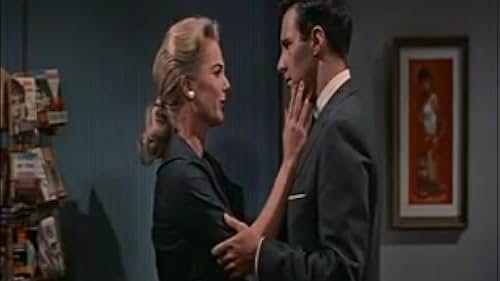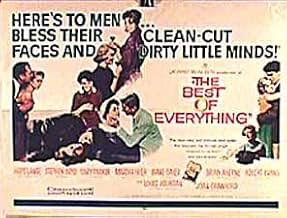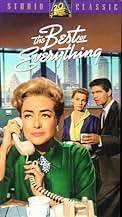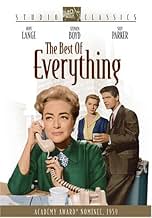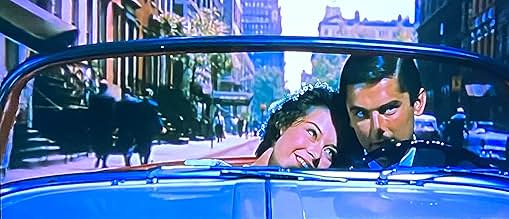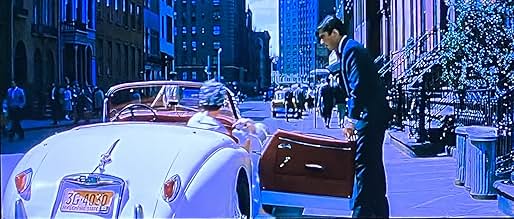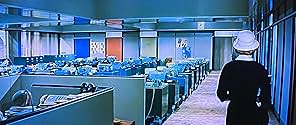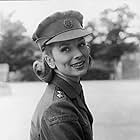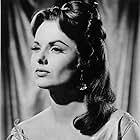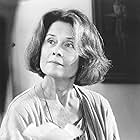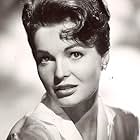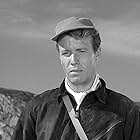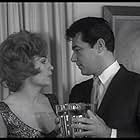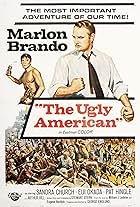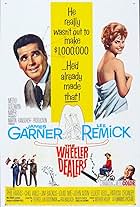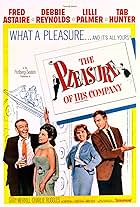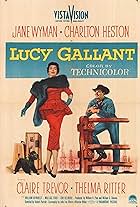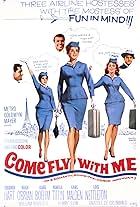IMDb RATING
6.6/10
2.4K
YOUR RATING
An expose of the lives and loves of Madison Avenue working girls and their higher ups.An expose of the lives and loves of Madison Avenue working girls and their higher ups.An expose of the lives and loves of Madison Avenue working girls and their higher ups.
- Nominated for 2 Oscars
- 2 nominations total
Gertrude Astor
- Leading Woman in Play
- (uncredited)
Alan Austin
- Bill
- (uncredited)
Joseph Bardo
- Policeman
- (uncredited)
Storyline
Did you know
- TriviaJoan Crawford, recently elected to the board of directors of Pepsi after the death of her husband who had been President and CEO of the company, managed to swing a brief quasi product plug for the soft drink by having an unmistakable Pepsi machine (with the red, white, and blue Pepsi logo, but sans the word "Pepsi") installed in the secretaries' on-screen break room.
- GoofsIn the scene when Diane Baker tells Hope Lange "he's ten foot tall to me" while walking down the street, several people... two men and two young boys... look into the camera, smiling (they were obviously filming with a camera hidden in a car during these scenes as those people weren't extras).
- Quotes
Amanda Farrow: Now you and your rabbit-faced wife can both go to hell!
- ConnectionsFeatured in Playboy's Penthouse: Episode #1.1 (1959)
- SoundtracksThe Best of Everything
by Sammy Cahn and Alfred Newman
Johnny Mathis sings during the opening credits
Also sung by a chorus at the end
Played often in the score
Featured review
Caroline Bender (Hope Lange) is just killing time getting a job. Her real ambition is to marry Eddie and have a baby.
April (Diane Baker) is too innocent to stay that way for long and falls in love too easily, a dangerous combo.
Greg (Suzy Parker) is a go-getter and wants to be an actress.
All three are doomed for dramatics in 'The Best of Everything', a 1959 soap opera/morality play/sometimes solid movie that is aging by the second.
Set in the cut-throat world of paperback publishing, its not as trashy as "Valley of the Dolls" but not as vanilla as "Three Coins in the Fountain."
The men in the mix - Brian Aherne, Stephen Boyd, Louis Jourdan and Robert Evans - are slick, well-dressed and no good, for the most part. Aherne is the resident sexual offender - will pinch anything walking by, and makes unwanted advances right and left. His character is offensive as hell, but its not played seriously at all. Harassment hadn't been discovered yet, I guess. Boyd works there, too, although you never see him actually doing anything. He's too busy being older, wiser and drunker. Evans is abroad just so Diane Baker can suffer in style - he's a rich kid who's gotten her in 'trouble' so instead of marrying her, as promised, he's taking her to get an 'operation.'
Jourdan is a director who mistakenly has an affair with Parker. They share a fight scene which is fairly no-holds barred, in a movie like this anyway, but the scene is ultimately ruined by Parker's histronics. She ends up nearly stalking him, and she really didn't deserve such a lousy fate, her bad acting notwithstanding.
Joan Crawford breathes fire as Amanda Farrow, the resident 'witch' who is automatically rude and dismissive of any of her legion of secretaries. Well they are younger, aren't they? Isn't that sufficient reason to hate a person? Caroline doesn't think so, as she admirably stands up to Miss Farrow every chance she gets. Crawford only gets to let loose once, when she tells her married boyfriend 'you can your rabbit-faced wife can both go to hell' and slams down the phone. You never get to see the poor soul who dare crosses her.
Martha Hyer's 'storyline', as it were, is extremely weak, and she is painfully over-the-top as an unmarried mother. Short of wearing a huge "W" (for 'whore') on her cardigan, she walks around like a pathetic mess for most of her screen time. Even worse, she is not given the courtesy of having it all 'tied up', one way or the other, at the end. It won't matter that much, but still..
Its painfully obvious this all took place in a totally different world. People were nicer to one another for the most part and work was not a drag but something exciting, for a girl from outside NYC anyway.
One unconvincing drunk scene aside, Hope Lange helps it seem reasonably real as Caroline, who at least has more than one side to her character.
I admire that women are seen having an opinion, a chance and a choice. Not that its not wrapped in a nice bow, but it makes some points for equality. In 1959 that was probably noteworthy and possibly controversial. 7/10.
April (Diane Baker) is too innocent to stay that way for long and falls in love too easily, a dangerous combo.
Greg (Suzy Parker) is a go-getter and wants to be an actress.
All three are doomed for dramatics in 'The Best of Everything', a 1959 soap opera/morality play/sometimes solid movie that is aging by the second.
Set in the cut-throat world of paperback publishing, its not as trashy as "Valley of the Dolls" but not as vanilla as "Three Coins in the Fountain."
The men in the mix - Brian Aherne, Stephen Boyd, Louis Jourdan and Robert Evans - are slick, well-dressed and no good, for the most part. Aherne is the resident sexual offender - will pinch anything walking by, and makes unwanted advances right and left. His character is offensive as hell, but its not played seriously at all. Harassment hadn't been discovered yet, I guess. Boyd works there, too, although you never see him actually doing anything. He's too busy being older, wiser and drunker. Evans is abroad just so Diane Baker can suffer in style - he's a rich kid who's gotten her in 'trouble' so instead of marrying her, as promised, he's taking her to get an 'operation.'
Jourdan is a director who mistakenly has an affair with Parker. They share a fight scene which is fairly no-holds barred, in a movie like this anyway, but the scene is ultimately ruined by Parker's histronics. She ends up nearly stalking him, and she really didn't deserve such a lousy fate, her bad acting notwithstanding.
Joan Crawford breathes fire as Amanda Farrow, the resident 'witch' who is automatically rude and dismissive of any of her legion of secretaries. Well they are younger, aren't they? Isn't that sufficient reason to hate a person? Caroline doesn't think so, as she admirably stands up to Miss Farrow every chance she gets. Crawford only gets to let loose once, when she tells her married boyfriend 'you can your rabbit-faced wife can both go to hell' and slams down the phone. You never get to see the poor soul who dare crosses her.
Martha Hyer's 'storyline', as it were, is extremely weak, and she is painfully over-the-top as an unmarried mother. Short of wearing a huge "W" (for 'whore') on her cardigan, she walks around like a pathetic mess for most of her screen time. Even worse, she is not given the courtesy of having it all 'tied up', one way or the other, at the end. It won't matter that much, but still..
Its painfully obvious this all took place in a totally different world. People were nicer to one another for the most part and work was not a drag but something exciting, for a girl from outside NYC anyway.
One unconvincing drunk scene aside, Hope Lange helps it seem reasonably real as Caroline, who at least has more than one side to her character.
I admire that women are seen having an opinion, a chance and a choice. Not that its not wrapped in a nice bow, but it makes some points for equality. In 1959 that was probably noteworthy and possibly controversial. 7/10.
- How long is The Best of Everything?Powered by Alexa
Details
- Release date
- Country of origin
- Language
- Also known as
- Las audaces
- Filming locations
- Production companies
- See more company credits at IMDbPro
Box office
- Budget
- $2,500,000 (estimated)
- Runtime2 hours 1 minute
- Color
- Aspect ratio
- 2.35 : 1
Contribute to this page
Suggest an edit or add missing content

Top Gap
By what name was The Best of Everything (1959) officially released in India in English?
Answer
